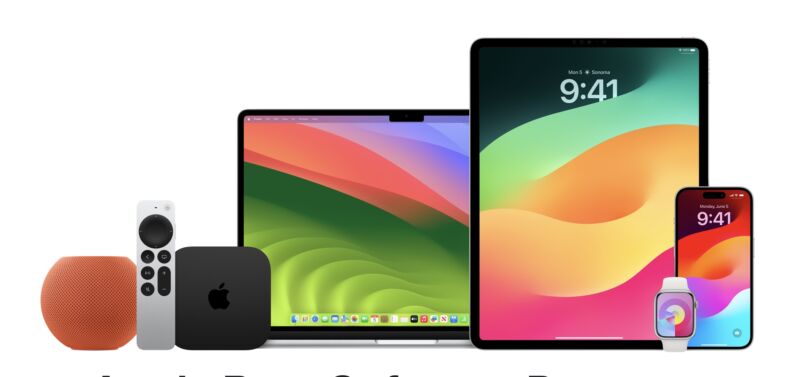
Apple
If you’ve ever sent an iPhone in for repair, you might be familiar with the dance Apple asks you to do if your device still powers on: back up your data, then either erase the phone or disable the Find My feature so your phone can easily be serviced (or, if it’s being exchanged for a new one, refurbished and resold). If you’re also using the Stolen Device Protection and Security Delay feature introduced in iOS 17.3, this can be a pain, since you need to wait a full hour to turn Find My off after you make the request.
It looks like Apple is making some changes to that process in iOS 17.5, which is currently in beta testing. The update adds a new “repair state” mode that leaves the device functional while keeping both Find My and Activation Lock enabled. This means that iPhones swiped while in transit will still be trackable and that they’ll still stay locked to your Apple ID so they can’t easily be wiped and resold.
MacRumors has a good overview of the feature as it currently functions. You can set an iPhone to repair state mode by pulling it up in the Find My app and attempting to remove the device from your account while it’s still online and active. Rather than removing the device from your account, the app will offer to put it in the repair state instead; unlike when you try to disable Find My entirely, this doesn’t trigger the one-hour Security Delay waiting period. If your phone is offline, Find My will offer to remove it from your account, as it currently does.
Phones with repair state active show up in the Find My app with a “ready for repair” label and a small stethoscope badge next to them. While in the repair state mode, phones can be used normally. It also seems that the repair state feature currently only works on the iPhone and not on the iPad, Apple Watch, or Mac. Repair state can’t be turned off by end users once it has been enabled—it might be that the feature can only be disabled by one of Apple’s repair techs.
It’s unclear whether there are other security or privacy factors to consider before enabling the repair state feature, though we may find out more when the iOS 17.5 update is released to the general public.
The iOS 17.5 beta can be installed by opening Settings > General > Software Update, selecting either the developer or public beta program, and then installing the update that comes up. You’ll need to enroll your Apple ID into one of those programs to see the option, but using either is free of charge. The usual caveats apply—this software may have bugs, and it’s best installed on dedicated testing devices rather than the hardware you rely on day to day.
We’d expect iOS 17.5 to be released in the next few weeks, and it will likely be the last iOS 17 update to add new features of note. Apple will likely unveil the iOS 18 update at its Worldwide Developers Conference in June, and the company’s development resources usually shift to getting the new OS ready for the fall rather than continuing to add new features to the current iOS release. The iOS 18 update is rumored to add generative AI features to Apple’s devices, jumping on the same bandwagon that Microsoft and Google have been riding for the last year and a half; it’s also said to add significant new features to a number of Apple’s built-in apps.
